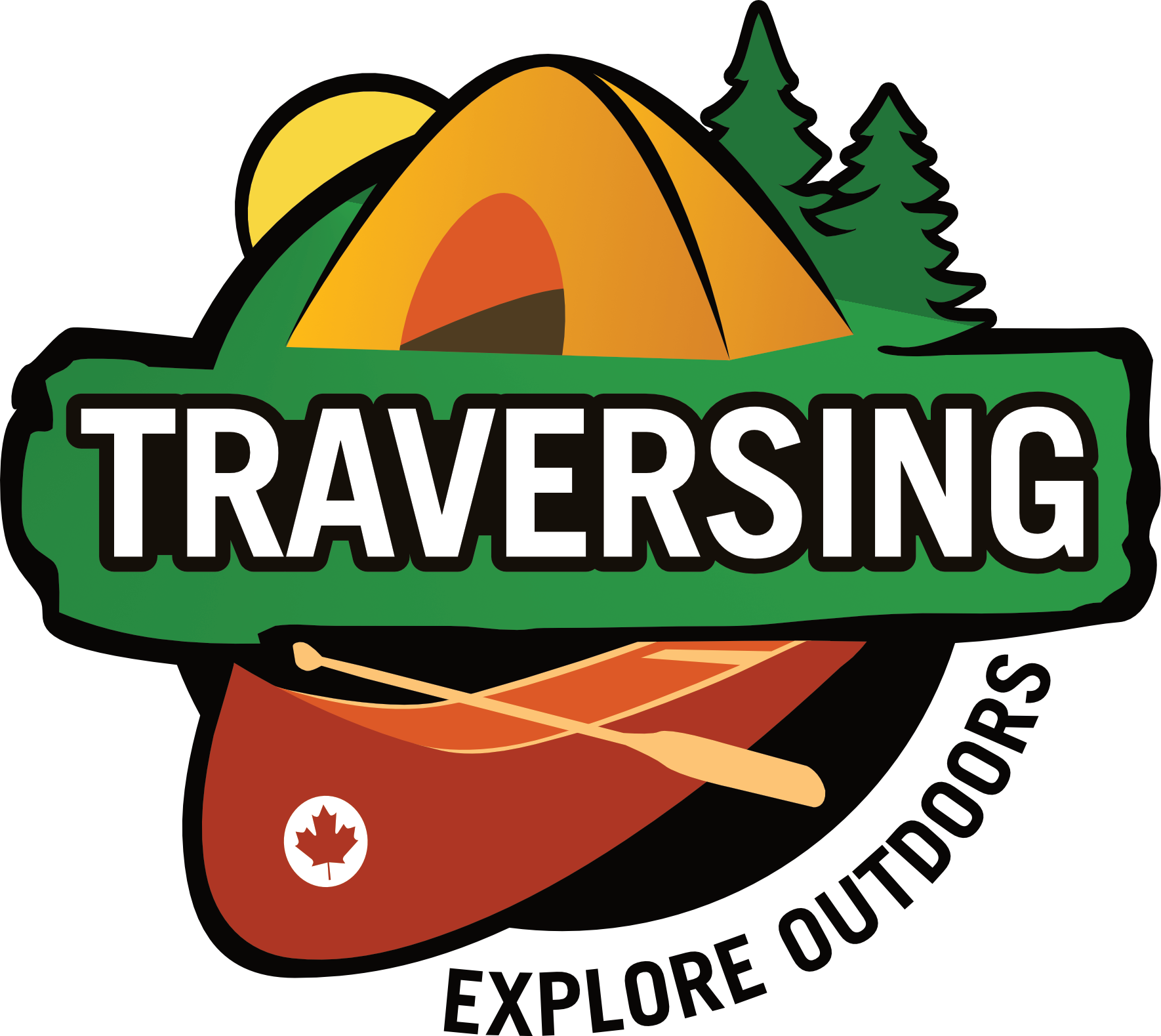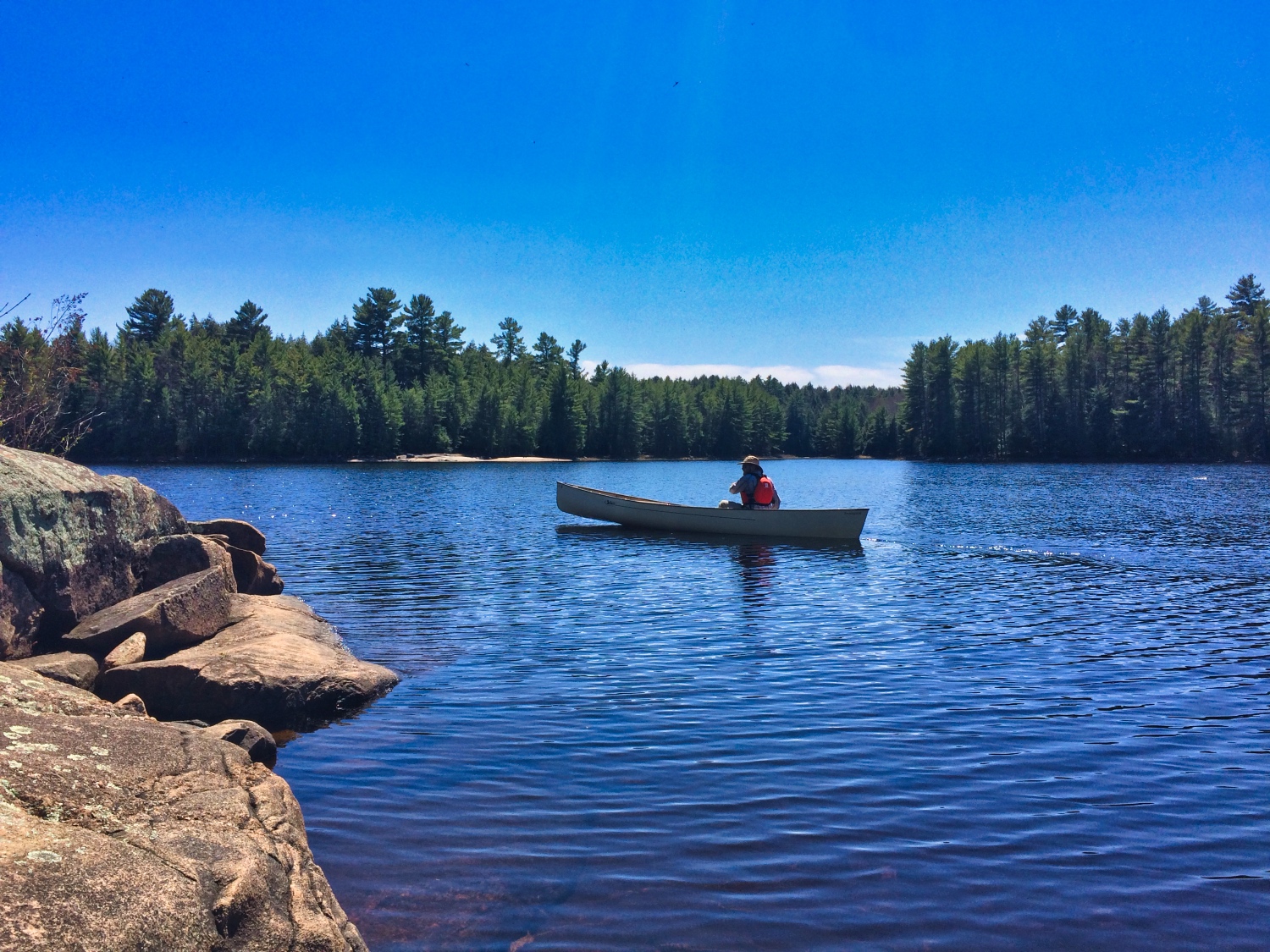Book Review: The Politics of the Canoe

If you have ever read Roy MacGregor’s Canoe Country: The Making of Canada (You can also read our review of it) you might already be familiar of how iconic the canoe is in Canadian culture. Within its pages is an account of the “Seven Wonders of Canada” contest that happened in 2007 (sponsored by CBC Television's The National and CBC Radio One's Sounds Like Canada) where participants could vote on what they thought was the most iconic symbol of our beautiful country. While the canoe didn’t win, it received its fair share of votes and has even been part of an ongoing joke that it should replace the maple leaf on the Canadian flag.
Our romanticization of the canoe isn’t hard to understand. We as canoeists enjoy the craft from the docks of our cottage to the depths of the backcountry. While contests like The Seven Wonders of Canada are all fun and games, what is often overlooked or glossed over is the canoe’s humble beginnings and what it represents in Indigenous cultures.
The Politics of the Canoe (Edited by Bruce Erickson ( an Assistant Professor in the Department of Environment and Geography at the University of Manitoba) and Sarah Wylie Krotz (an Associate Professor of English literature at the University of Alberta) from the University of Manitoba Press) not only lends a voice to the canoe’s historical background, but the thoughtful stories within will expand your appreciation. I found myself going back and re-reading paragraphs to make sure I digested them properly. There is a lot to take in and reminisce about as you will find that the canoe is iconic in the beliefs and teachings from many different cultures.
The Politics of the Canoe shared stories and ideas that I hadn’t encountered in other Canoeing books and I enjoyed each of them. They were well researched, thoroughly sourced and if you wanted to delve further into them, there are numerous references to other similar writings.
Each chapter recounts interesting, thought-provoking stories including some that pose questions that don’t immediately have a correct answer…
Why do the Tłı̨chǫ reconnect with one another and the land via canoe, even when there easier and quicker means of transport were available such as motorboats and planes.
Are canoes at the Canadian Canoe Museum shining examples of Canadian history, or canoes that aren’t living their best lives?
A popular journalist, photographer, and illustrator born in the late 1860’s spent decades meticulously documenting First Nations peoples living in Canada. His miniature scale models of birch bank canoes can be found in museums across the nation. Has his work saved vital cultural knowledge or has it obscured it?
The book is best summed up by a description about birch bark canoe building found within its pages…
“As a society, through colonial experiences, we have in some respects un-learned this practice of oral communication—of sharing and listening with each other to learn about cultures, histories, peoples, and natural law”
This book helps draw our attention to many facts or lessons that we have missed by not engaging in sharing and listening and I encourage you to read it. Perhaps afterwards we will all be able to share, listen and have a greater understanding about the canoe that we all love so much.
You can purchase a 272 page paper copy for $27.95, or a PDF/.ePub version for $20 from the University of Manitoba Press’ online store. You can also find a physical copy on Amazon.ca and Chapters/Indigo. For eBook readers head over to Apple Books and Kobo online stores.





